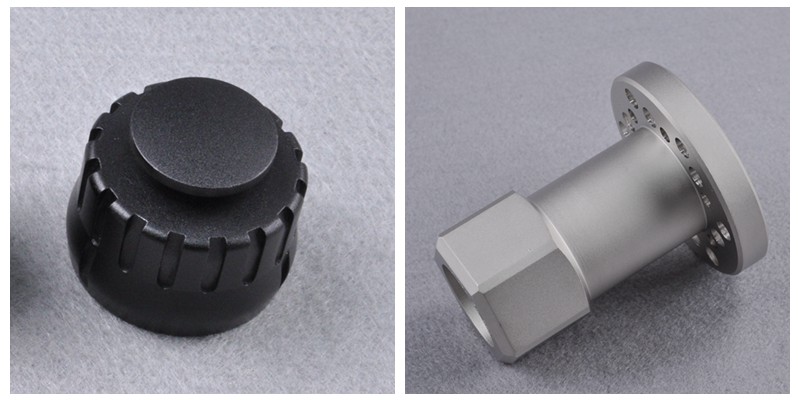- May 27, 2022
When it comes to metal finishing, there are a variety of options available to choose from. Two popular choices for industrial applications are hard chrome plating and electroless nickel plating. Both have their own unique set of benefits that make them ideal for different types of projects. In this blog post, we’ll take a closer look at hard chrome and electroless nickel plating.
What Is Hard Chrome Plating?
Hard chrome plating is also called industriaL chrome. It is different from decorative chrome plating, hard chrome is an electroplating process that involves the deposition of chromium into a metal component from a solution of chromic acid. There are different types of hard chromium plating, such as crack-free chromium, porous chromium, micro-porous chromium, and micro-cracked chromium.
The chrome plating results in adding wear resistance and minimizing friction. It also increases corrosion resistance properties, provides a shiny appearance to the plated metal components, and is better than a decorative chrome finish due to its wear and corrosion resistance and visual features.
How Does Hard Chrome Plating Work: Step by Step
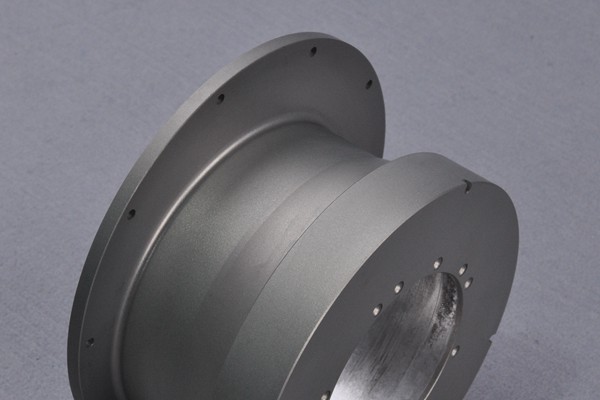
Hard chrome plating is an electroplating process that uses a chromic acid anode and an electrolyte solution to deposit a layer of chromium onto a metal substrate. The hard chrome plating process can be used to plate metals such as steel, stainless steel, nickel, brass, copper, and aluminum.
The hard chrome plating process involves the following steps:
1. Cleaning: The metal substrate is cleaned using a variety of methods, depending on the type of metal being plated. For example, steel and stainless steel substrates are typically cleaned with an acid solution to remove any rust or corrosion. Nickel, brass, and copper substrates are typically cleaned with an alkaline solution to remove any dirt or grease. Aluminum substrates are typically cleaned with a chromic acid solution to remove any oxide film.
2. Activation: The metal substrate is activated by immersion in an activation bath. This step helps the electroplating process by increasing the surface area of the metal that is available for the chromium to bond to.
3. Plating: The metal substrate is immersed in the plating bath, which contains a chromic acid anode and an electrolyte solution. As current is applied, the chromium ions from the anode are attracted to the metal substrate, where they bond to the surface.
The thickness of the chromium layer can be controlled by varying the amount of time that the metal is exposed to the chromic acid solution. The longer the metal is in the solution, the thicker the layer of chromium will be.
4. Finishing: Once the desired thickness is achieved, the plated metal substrate is removed from the plating bath and rinsed with water. The hard chrome plating process is now complete.
Application of Hard Chrome Plating
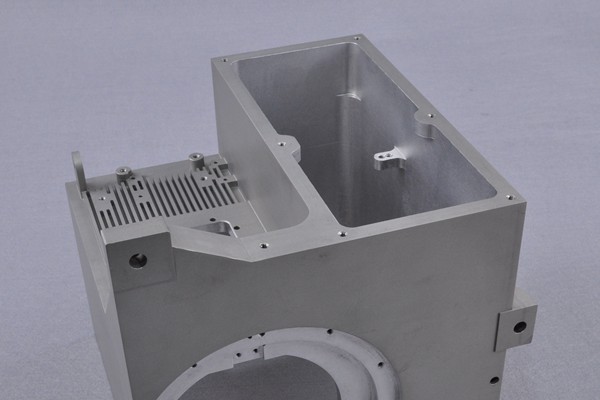
The main purposes for which hard chrome plating is used are for wear resistance, corrosion resistance and to restore dimensions on parts that have become worn or damaged. It is widely used in aerospace, automotive, marine, machine tools, and other industries.
Aerospace
Hard chrome plating is extensively used in the aerospace industry for a variety of purposes. One of the most important purposes is to provide wear resistance. Parts that are subject to high levels of wear and tear, such as those used in aircraft engines.
It is also used for corrosion resistance. In the aerospace industry, parts are frequently exposed to harsh environments, such as chemicals and high temperatures. The chromium layer provides a barrier that protects the underlying metal from corrosion.
Automotive
Hard chrome plating is commonly used on automotive parts such as piston rings and valve stems. It can also be used on other parts that are subject to wear, such as gears and bearings. When applied correctly, hard chrome plating can significantly extend the life of these parts.
Marine
There are many benefits to hard chrome plating marine applications. Hard chrome is extremely corrosion resistant, so it is ideal for boat hardware, propellers, and other underwater components. It also has a very low coefficient of friction, making it ideal for bearings and other moving parts.
Machine tool
The hard chrome plating process is widely used for different metal parts to provide the required thickness. One of the applications is hard chrome is used in machine tools to increase the tool life.
How To Polish Chrome Plating?
Polishing hard chrome plating is not difficult, but it does require some care and attention to detail. The key to a good polish is to start with a clean surface. Any dirt, oil or other contaminants on the surface will prevent the polishing compounds from evenly removing the chrome.
Once the surface is clean, you can begin polishing with a soft cloth and a mild polishing compound. Apply the compound to the cloth and then rub it in a circular motion over the surface of the chrome. Be sure to cover the entire surface evenly.
After a few minutes of polishing, you should see the chrome begin to shine. If it does not, you may need to use a stronger polishing compound. Once the chrome is shiny, you can buff it with a soft cloth to bring out the luster.
What Is Electroless Nickel Plating?
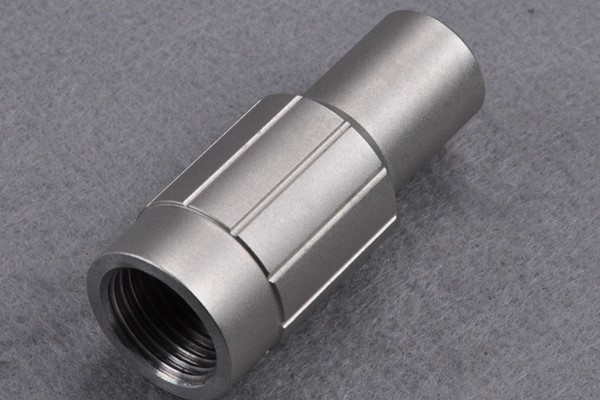
Electroless nickel plating (ENP) is a process that uses an autocatalytic chemical reaction to deposit a layer of nickel-phosphorus or nickel-boron alloy on a material. This process can be used on many different types of metals, but it is most commonly used on steel and aluminum.
The advantage of using this type of plating is that it does not require an electrical current to adhere the nickel to the metal surface. This makes it ideal for coating objects that would be difficult to coat using traditional methods.
During the process, the ions are reduced to a uniform coating with the help of a hypophosphite agent. The phosphorus level may vary so that the phosphorus level may be low, medium, or high during the plating.
The phosphorus content is 2-5 % in low phosphorus coating, 5-9% in medium phosphorus coating, and almost 8% in high phosphorus coating. The properties of the coated metals are highly affected by the phosphorus content. Increasing phosphorus content increases the hardness but reduces the corrosion resistance of the coated metal.
How Does Electroless Nickel Plating Work?
The electroless nickel plating process works by using a chemical reaction of autocatalytic to coat the nickel-phosphorus alloy on a substrate.
For this purpose, substrate cleaning removes the dirt or any other waste material and enhances the substrate’s adhesion for accurate plating.
After cleaning, the pretreatments are performed to make the substrate ready for the plating process.
Once the pretreatments are done, the substrate is submerged into a plating bath containing positively charged nickel-phosphorus.
Due to the autocatalytic chemical reaction, the nickel ion starts depositing on the substrate.
In the end, the positively charged ions are reduced to the uniform coating of metallic nickel with the help of a chemical reducing agent (sodium hypophosphite.)
Application of Electroless Nickel Plating
This plating technique is widely used for plating various components in different industries. It is mostly used in aerospace, automotive, and petroleum industries.
The aerospace industry uses plating on different parts such as engine shafts, valves, and other parts to protect them from corrosion and wear.
Similarly, in the automotive industry, the manufacturers subject different components such as cylinders, fuel injectors, and pistons to electroless nickel coating to make them corrosion and ware-resistant.
It is also used in the oil and gas industry for equipment countering harsh weather conditions. In the petroleum industry, nickel is applied to other components located underwater, such as pipe fittings and pumps, to protect them from extreme conditions.
Different electronic devices such as printed circuit boards and hard drives also undergo electroless nickel plated to improve anti-sticking properties and repair purposes.
Cleaning Nickel Plating in Methods
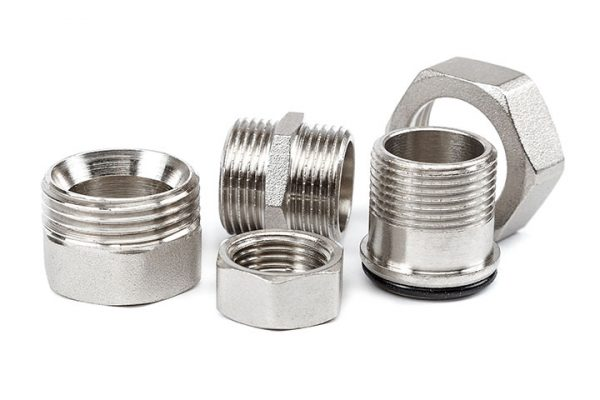
Here are a few tips on how to clean nickel plating.
One of the best ways to clean nickel plating is with a mild soap and water solution. You can simply use a soft cloth or sponge to wipe down the surface of the nickel plating.
If there is any build-up or tough stains, you can use a toothbrush or other soft-bristled brush to scrub them away. Be sure to rinse the area thoroughly with clean water when you’re finished.
If the nickel plating is particularly dirty or stained, you may need to use a stronger cleaning solution. You can make a simple cleaning solution by combining equal parts white vinegar and water.
For tougher stains, you can add a bit of baking soda to the mixture. Use a soft cloth or sponge to apply the solution to the surface of the nickel plating, and scrub away any build-up or stains. Be sure to rinse the area thoroughly with clean water when you’re finished.
Differences Between Hard Chrome and Electroless Nickel Plating
Hardness
Hardness is the key difference between hard chrome and electroless nickel-plated. The hard chromium plating is harder than the electroless nickel plating technique, but both electroless nickel and hard chrome protect the components from wear and tear. A low amount of phosphorous coating provides the hardest coating and desired thickness.
Durability
Both hard chrome and electroless nickel have excellent durability. But, the hard chrome is more durable than electroless nickel plating due to more hardness. Both processes can work well for a large variety of substrate materials.
Corrosion resistance
The electroless nickel plate offers more corrosion resistance than hard chrome. The reason is that the electroless nickel plate even makes a uniform coat on small areas like blind holes, making them suitable for coating irregularly shaped items. It is good for a component having a lot of rough surfaces and ensuring its protection. So both chrome and electroless nickel finishing methods can resist corrosion and protects materials from a harsh environment.
Appearance
The hard chrome plating makes the metal surface smooth and shiny and gives a modern appearance. On the other hand, the electroless nickel plating gives the plated metal surface a glossy appearance.
Which Finishing Is Better For You: Hard Chrome Vs. Nickel Plating
It can be a difficult decision to choose between electroless nickel plating and hard plating. It can depend on many factors, but some main factors to consider are as follows:
Wear
Make sure the use of your selected components can wear out with time and how much it can be affected when used frequently and while in contact with other objects. Choose hard chrome if you require durable and hard coating. For severe weather conditions, it is a good choice.
Environment
Consider the environment in which you want to choose the components. You want to use it in a cold, hot, or damp environment. for protection against corrosion, electroless nickel plating is best to use. It will provide full protection and improve objects’ functionality.
Motion
Consider the direction and movements of parts. Are they running smoothly, or will they be jammed parts? Select hard chrome due to its high efficiency for friction and well oil retaining features.
Shape
The shape is also one essential factor to consider is that uniform or smoother, they may be an irregular shape. The chemical nickel is suitable for a rough surface having holes for irregular objects. Use the material to protect it.
Plating can use for many metal machinery and surface treatment. Both methods are considered beneficial when comparing hard chrome plating .vs electroless nickel plating. They provide durability, hardness, and a good appearance to metal surfaces.
So, which finishing is better for you? It depends on what the item will be used for. If the item is going to be subject to a lot of wear and tear, or if it will be exposed to the elements, then hard chrome is the better choice. If the item is not going to see much wear and tear, and it is irregularly shaped, then nickel plating is the better choice.
Started With High-Quality Finishing Services At WayKen
The surface finishing techniques not only enhance the overall appearance, it also defines a product’s quality, durability, and resistance to various factors like corrosion, impacts, wear, and tear.
If you’re looking for a quality and affordable chrome plating and nickel plating finish for your project, make sure to find a company with both the experience and expertise to get the job done right.
Here at WayKen, we are experienced in post-finishing and offer affordable surface finish solutions for many industries. We provide a wide range of materials and finishes, including chrome and nickel plating Our team of experts will develop a custom finishing procedure according to your specific needs, ensuring that you receive high-quality services. Let’s get started and upload CAD file.
FAQs
What are the types of chrome plating?
Chorme plating has two types: decorative chrome plating and hard chrome plating. Decorative chrome plating is a process where a thin layer of chromium is applied to a metal object for the purpose of decoration. Hard chrome plating is a process where a thicker layer of chromium is applied to a metal object for the purpose of wear resistance or corrosion resistance.
What are the types of nickel plating?
There are 3 types of this plating.
Bright Nickel plating
Dull Nickel plating
Electroless Nickel plating
What is the difference between nickel plating and electroless nickel plating?
The difference between nickel plating and electroless nickel plating is that with nickel plating, an electrical current is used to deposit the nickel onto the surface of the item. With electroless nickel plating, a chemical reaction is used to deposit the nickel onto the surface of the item.

